Today our CEO, Steve Barcik Amstel, is going to run through a presentation that he created and has shared with many of our clients about how to get your product certified. And more specifically how to include those things that others have missed and design those in now so that you have a product that gets certified more easily. What is really important is getting your product to market as quickly as possible to make the impact you’re meant to make.
Link to video also available here: https://youtu.be/EWOgpu-fozU
Here are the top misses that we here at High Tech Design Safety see on UL, SEMI S2 and CE marking.
- Not designed to standards, including at least one electrical standard
The biggest and first one is that the product you are creating might not be designed to the standards that are required. So for example you are building a piece of equipment and maybe it has some moving parts in it and it’s maybe got a laser in it and of course it has an electrical section. First off, you need to include the electrical standard. Let us help you pick which standard would be applicable for your product and market…it might be 60204 or it might be 61010. It might also need to include NFPA 79.
You will need to design your power inlet, power panel and all of your power systems to one of those standards so that they are safe and conform to the standard when you go to certification.
- Lack of correct over-current protection for systems/subassemblies, breakers and fuses. Use of subassemblies, with no conformity information
This one is a big one that people miss on and it really costs a lot of extra time during equipment builds. For example, just recently we had a customer who didn’t have over-current protection on the primary and secondary of a transformer and they had to go back in and add that. This was a pretty big effort especially when they were planning on shipping the equipment within that same month. There are other very specific requirements for over-current protection at your power inlet, over-current protect for heaters and other devices, and also over-current protection for any convenience outlets. Those external convenience outlets need to be GFCI protected as an example. For subassemblies such as a compressor or power supply or robotics we look and find on the subassembly conformity information. Then we reviewed the documentation so we understand how the subassembly should be protected. Now if we do not find that…then we have to use the load data and other calculations that determine it. But I’m pointing out here is each subassembly needs to be protected either as a group or individually depending on the loads and the manufacturer’s requirements and even sometimes the listing or notified bodies requirements. Using the correct over-protection is going to get your product to market much faster.
Additionally, Over-current protection must have 10,000 amps interrupt capacity or sometimes listed as 10 K AIC… For North American products you have to use a UL 489 breaker for North America. This overcurrent protective device rating indicates that the circuit breaker is suitable for use for branch circuits within your equipment. For your main and branch circuits and breaker should also have CE labeling on it. If you are going to include a subassembly that uses line voltage to it and you expect to get your equipment field labeled, the overcurrent protection does absolutely need to be listed and marked, and that we can determine that is actually listed. We recently did a project, the piece of equipment was a transformer and it said “NRTL listed” on the transformer. As soon as I read that, I know it is not NRTL listed because if it was…it would have the symbol of an NRTL there and it would include the data required.
- Incorrect wire types or sizes
In the US typically any power circuits, anything running at line voltage, needs to be 14-gauge wire. Now you can use smaller gauges when you go to the CE standards, however the reason 14 gauge is required in North America US, is that it’s robust enough that it doesn’t get damaged while you’re building a custom piece of equipment.
You can use smaller gauge wire, such as 16 or 18, but then go back to the correct over-current protection. Any wire smaller than 14gauge is going to require an over-current protective device rated for the smaller wire size. These overcurrent protective devices rated for small gauge wire are very particular and you’ll need to prove that it’s rated for that wire size.
We will have to get in-depth with your machine electrical design and bill of materials specifically, but know that particular wire types have to be used with your equipment. Also, the power cable that you plug into the wall to operate your equipment must be UL or NRTL marked and listed for that use. Buying an unlisted cable…saw this just two months ago… the cable was unlisted because it was a dollar cheaper per foot and we weren’t able to field label that equipment. We actually had to run down… and this is a different piece of equipment…to Home Depot buy the right cable of the right size with a listing on it, take a picture of the reel with the listing on it and reinstall it.
- Grounding mission from part of system
The next one is protective earth grounding and grounding missing from parts of the system. So last year… went on a field evaluation for a piece of equipment and they didn’t have the secondary neutral of a transformer grounded to the equipment that is required.
If there is a ground lug coming off of a transformer or another component like a compressor or anything else,A ground needs to be landed to that lug or termination and go to the ground buss. The old days of stacking 15 different ring terminals on a single vertical screw has a ground for the equipment doesn’t work either.
And also note that grounding to a stainless steel screw isn’t going to get you where you need to be. Stainless steel does have quite a bit of resistance…electrical resistance, it really does create a lot of resistance. So you’re not going to be available to pass the grounding resistance testing if you have it built that way.
Each individual ground wire needs to run to a single stud. Often you’ll see it done as a terminal block… either one main terminal block where the main ground wire from the facilities comes into and grounds to the frame and grounds to everything else, or distributed ground blocks throughout your machine depending on how big a machine it is.
You don’t have to ground every single panel in your machine. That’s overkill. Lots of people do it and I’m okay with that but really we’re looking for the enclosure covers and other parts that might become energized in a fault. The main ground coming in your machine must have a specific labeled point to be grounded at. But it’s best practice to have that main ground be the same size as all the inlet power conductors.
- EMO/Interlock Function is inoperable, incorrect, or missing
The next one is EMO and interlocking. We see this a lot. You wouldn’t believe me but it’s true. We will go in and push an EMO button and it won’t work or we will open a door and the door interlock will not function. While they are building the machine, they jumpered out that EMO or door interlock to just make it easy. You have got to fix those before it gets inspected. And those are easy fixes. What’s more difficult is, interlocks that are not there or incorrect or they’re on the drawings but they are not on machines. They are missing.
All of those EMOs and interlocks which are safety interlocks need to be implemented using safety rated devices or parts so that they are correct. Those parts must be UL listed and CE marked… and we must be able to find that listing documentation. All the circuits have to operate failsafe. And they need to be implemented using the correct safety relay. And then, the wiring between the interlocking device or EMO and the safety relay needs to be correct as well. That’s typically going to be low voltage wiring so you don’t want to have it run with any power wiring and use the correct wire gauge. For North America it is now required that all safety circuits be protected by a EMC EMI filter on their input. So if you have questions reach out to me with your specifics.
- Lack of safety warning labels and nameplates or incorrect formats or information.
This is a big one… Meaning one product safety compliance myths we see very very regularly and it takes a lot of time to recover from the lack of proper labeling or nameplates. Each different standard or standard group is going to have their own type of safety labeling required.
We do have a template for nameplates. Let us send it to you. It is a very long template and it is globally accepted. It has all the data for North America…IEC, and in those cases when you are looking to get into Europe…It’s got everything you need. It’s a big nameplate but it’s what you need.
Be sure that your labels have the proper data. You are going to need an icon, a signal word, a pictogram in a message and we can help you with that.
All of those labels, nameplates and data need to be reproduced in your manuals.
- Lack of guarding
I see this all the time. It’s crazy. Any equipment with moving parts needs to be guarded or it needs to be protected by a safety rated interlock or light curtain such that it can’t injure someone. That guarding comes in several different types. You have fixed guarding, you have removable guarding, you have guarding with hinges and interlocks and the labeling and how they are operated and everything is important. Note that nowadays going forward, guards and enclosures must use captive screws, meaning that you don’t pull screws out and set them down and then put it cover back on the equipment using only 2 of the 10 screws.
Barriers must be permanent, fixed and sturdy. In some cases we see people using polycarbonate clear see-through barriers… that’s fine so long as they have enough strength and that they’re built of a flame retardant material and we need to be able to prove that.
- Lack of required Documentation in Manuals
An examples is one we were talking about just before we started this video… The labels weren’t re-created in the manuals and the warnings for hazards were not re-created in the manuals next to each process procedure service procedure, that created a hazard. So we need to be sure that you have that. There are several standards which require the details with in the manuals for the semiconductor industry it’s semi S13 that will allow you to comply with semi S2.
- Seismic restraints needed
Every piece of equipment should have seismic restraints. If you’re going to be selling into the West Coast of the US or some parts of the East Coast, there’s a earthquake fault line even in the New York area or into Asia, Hawaii, or anywhere where there is earthquakes we have to do a full-on seismic restraint calculation.
- Safety devices not rated for use in safety circuit
Tough one. If you’re using a relay for safety circuit, it needs to be a safety rated relay. Under some standards we can get around that by using a highly reliable relay… de-rating it and protecting it and everything else, but that’s a whole other bag of worms and you might not get accepted. So just use a safety rated device in your safety circuit and will talk about safety PLCs and stuff like that.
- Ergonomics, controls or display too high or too low
Ergonomics come into play when things are too heavy to lift…when you can’t hold the door open, when the controls are too small or too large for the table, and all of those things.
So wrapping this up, these are the primary top misses and non-conformance we see when someone is trying to get a listing, a SEMI S2 or CE Mark. For a proven and tested path to conformance, contact us. We use what’s called our Conformity Discovery Process ©2019, which will get you passed and through most of these things very quickly.
Please be sure to like and subscribe to get notifications of the next videos in this training. And if you have questions about getting your product to market please get into touch with us here at High Tech Design Safety. https://hightechdesignsafety.com/


